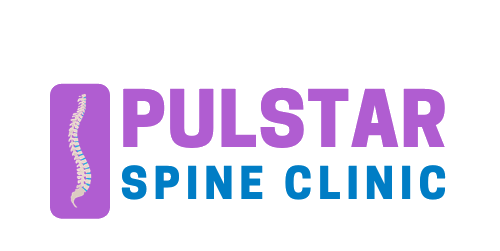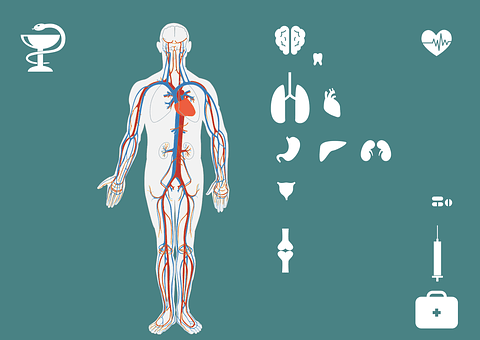Sciatica Surgery – When you Should Consider?
There are both nonsurgical and surgical treatments for sciatica. The symptoms of most patients improve after trying nonsurgical options and home remedies. But, for some others, sciatica nerve surgery is inevitable.
What could happen to make your doctor conclude a surgical procedure is the last resort for your pain complaint? And what types of surgery can help to relieve sciatica? Read on to find out.
Important Considerations for Sciatica Nerve Surgery
Impact on a patient’s quality of life is a crucial consideration in determining whether sciatica nerve surgery should be done.
The pain only lasts for a short while for some people. For a few people, it can go on for weeks or months. Chronic cases have the potential to make the simplest of daily tasks very difficult. You might even find sitting rather intolerable. Your doctor could decide on surgery when all other options have failed to improve symptoms.
The following are some other reasons that might necessitate surgery:
- Neurological issues, such as progressive leg weakness
- Bladder or bowel incontinence
- Worsening symptoms
- Spinal stenosis
First, your doctor will usually ensure that all other options have been exhausted before putting the surgical option on the table. It is entirely a patient’s choice on whether they want to have surgery or not.
Types of Sciatica Nerve Surgery
There are several kinds of surgical procedures for correcting spine issues. The two main types that are considered for sciatica, namely: discectomy and laminectomy. The ideal one for each person will depend on the underlying condition of their pain.
Discectomy or microdiscectomy
This procedure is suitable for patients whose leg pain is caused by a herniated disc. Discectomy involves the removal of a part or the entire herniated disc that is pinching the sciatic nerve. It is the most common procedure for managing the issue.
A less invasive form known as microdiscectomy is more popular. Using microscopic magnification, a surgeon makes a tiny incision to remove only the part of a herniated disc that is putting pressure on the sciatic nerve.
Apparently, microdiscectomy is more popular because it involves less downtime. Patients recover faster, compared to the standard procedure.
Laminectomy or Laminotomy
When sciatica is as a result of lumbar spinal stenosis, the resort is usually to laminectomy. The procedure involves removal of a portion of the spine known as the lamina. This part is a structure guarding the spinal canal and the spinal cord. This is helpful when the bony plate pinches the nerve root.
The main difference between laminectomy and laminotomy is that the latter involves the removal of only a part of the lamina.
These procedures are considered when spinal stenosis causes a significant decline in the activity level of the affected individual.
Does Surgery Always Improve Sciatica Symptoms
It is common to find that surgical procedures are the most effective for combating medical health issues. Is the same true for treatment of leg pain?
There is no consensus in medical research on whether surgery can offer more benefits than regular, nonsurgical treatments – in the long term.
It is estimated that up to about 90 percent of those who undergo discectomy get relief from sciatica symptoms. Researchers also found in a large study that laminectomy, or combine with a discectomy, produce the success rate of about 78 percent.
Findings suggest that patients tend to get faster relief with surgical procedures. But long-term benefits appear to be on the same level as those of nonsurgical methods.
Sciatica Surgery Risks
There are reasons why surgery isn’t for everyone with sciatica and why it is typically the last resort. Major grounds are the risks that are involved.
There is co-morbidity to worry about. It is possible that a patient’s medical history and other factors might not make surgery advisable. By co-morbidity, we mean the presence of one or more disorders, which gives room for awful health outcomes.
Diabetes and high blood pressure are two of the health issues that can adversely impact on the safety and success of sciatica surgery. Smoking is another factor that can have a negative effect on the outcome of the procedures, according to research.
Sciatica surgery aims at addressing a problem affecting the nerve, specifically the sciatic nerve. Although the likelihood may not be extremely high, nerve injury can happen from the procedures.
As with many other surgical procedures, surgery for sciatica relief comes with the risk of infection. There is also the possibility of blood clots that can increase your risk of having a heart attack.
It is mainly your decision about whether you should have sciatica surgery. In making that decision, it is important to have a lengthy discussion with your doctor or surgeon. He is in a better position to make you aware of the whole pros and cons of having a surgical procedure, including chances of success.


